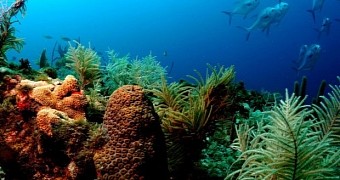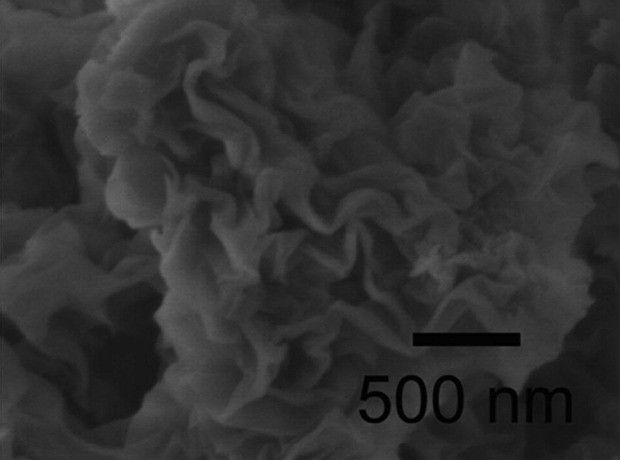A recent report in the Journal of Colloid and Interface Science describes a novel material that mimics the appearance of corals and that is designed to remove traces of toxic heavy metals from water.
The material, developed by researchers at China's Anhui Jianzhu University, could be used to engineer artificial corals that, once submerged in water, would help clean our planet's seas and oceans of heavy metal pollution.
So, what's so special about this material?
The science-made corals that Anhui Jianzhu University scientists believe could be used to clean aquatic ecosystems of toxic heavy metals such as mercury, lead and arsenic comprise nanoplates made of aluminum oxide.
This chemical compound has for some time been known to have the ability to remove pollutants from various bodies of water. However, it took the scientific community quite a while to figure out how best to make use of its cleaning skills.
The nanoplates fashioned by the Anhui Jianzhu University team seem the best choice because they can be made to curl up and form coral reef-like structures that, although not taking up much space, have a wide surface area.
The aluminum oxide nanoplates work by adsorption, meaning that they pull toxic heavy metal ions towards them and make them stick to their surface. When the nanoplates are removed from water, so are the pollutants attached to them.
To test their effectiveness, the research team submerged several such coral-like structures in water contaminated with mercury. The nanoplates removed 2.5 times more of these pollutants than regular aluminum oxide particles.
“We are very excited about the results, which provide a good example for the production of coral-like adsorbents,” said study author Xianbiao Wang, as cited by Elsevier. “We hope our work provides inspiration for more research into the development of materials that mimic biological organisms,” he added.
What are toxic metals doing in oceans anyway?
True, we are now much more concerned with safeguarding the environment than we were just a few decades ago. Even so, we are still releasing toxic metals resulting from manufacturing and industrial processes into waterways across the world.
Albeit in small concentrations, toxic metals have a detrimental effect on coral reefs and, consequently, on marine ecosystems. Besides, they can work their way up the food chain and eventually impact on human health.

 14 DAY TRIAL //
14 DAY TRIAL // 

